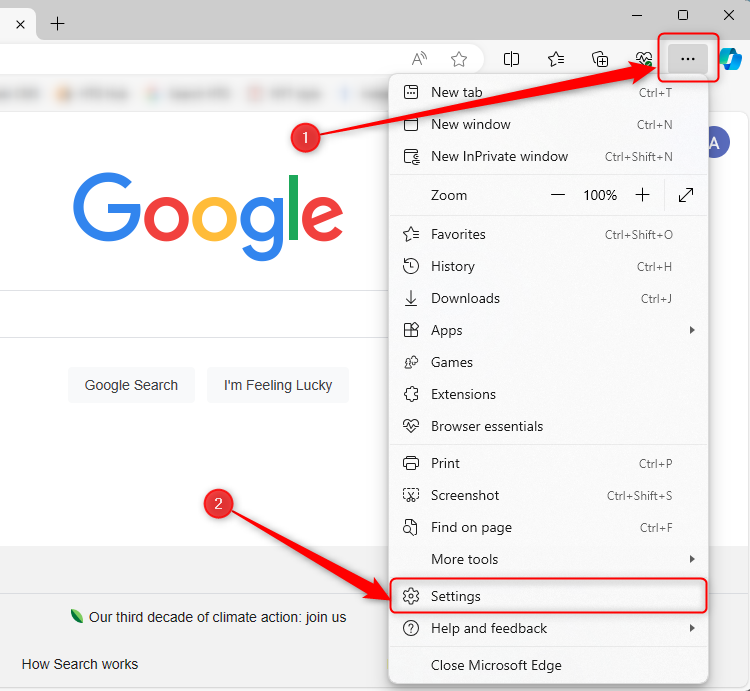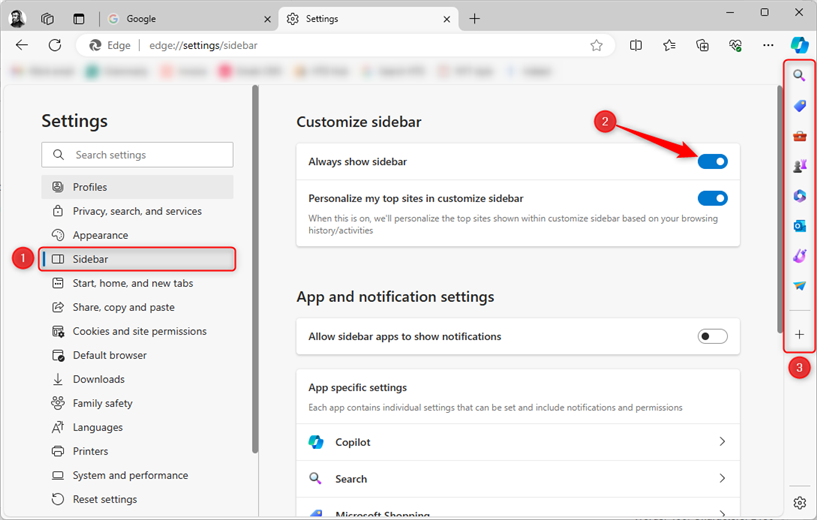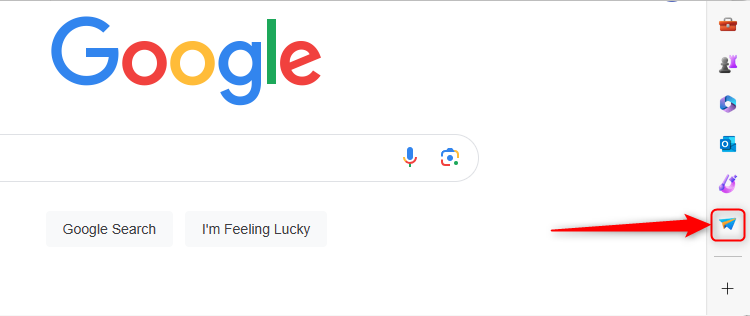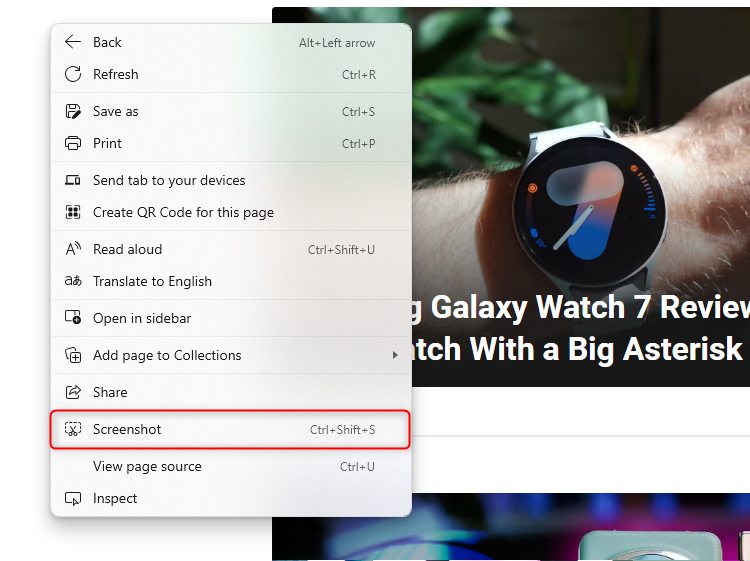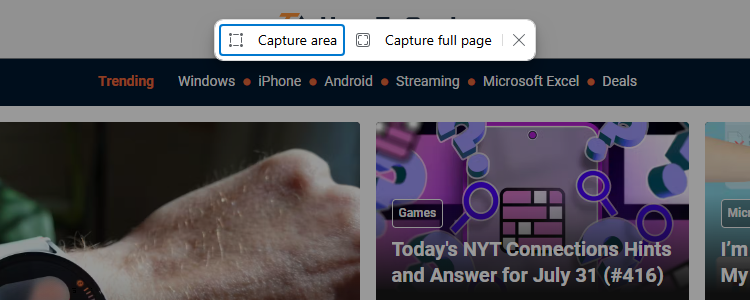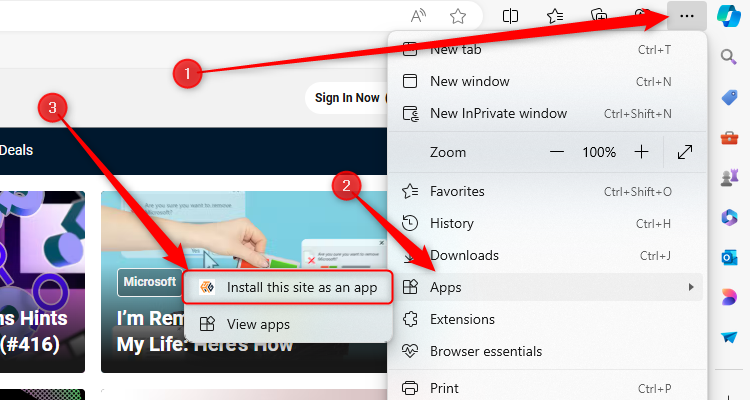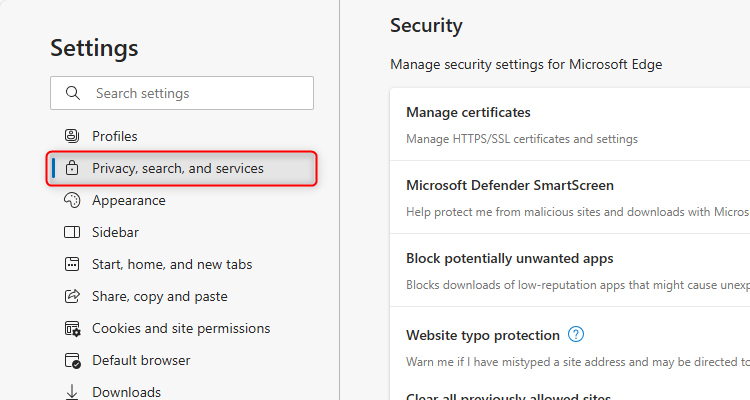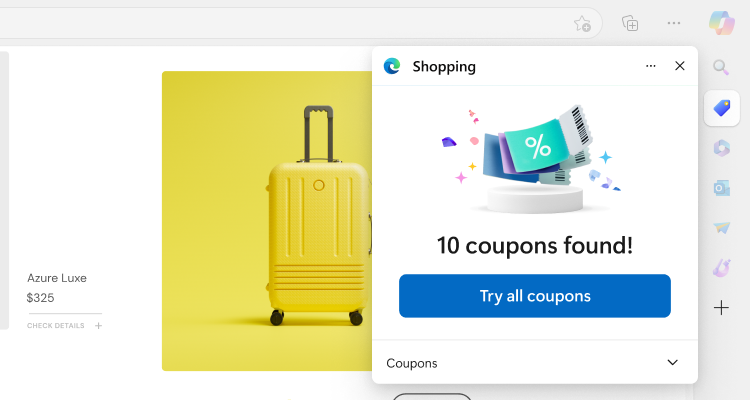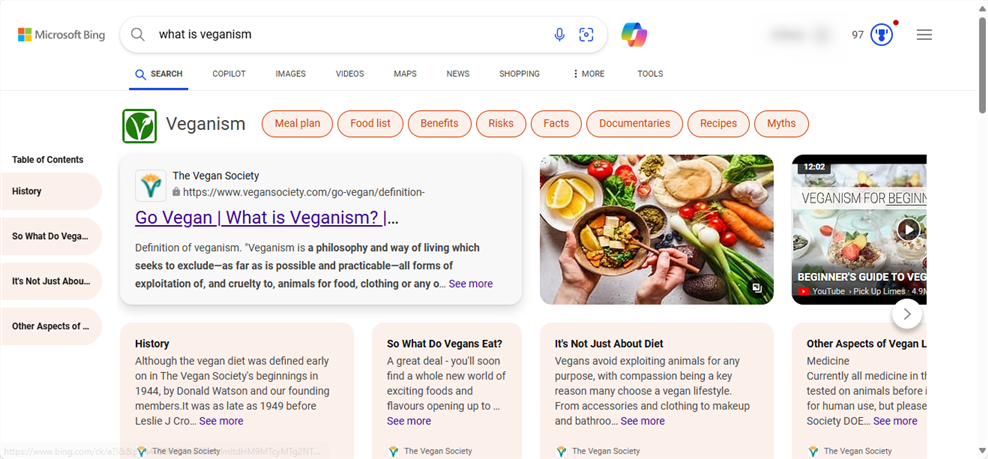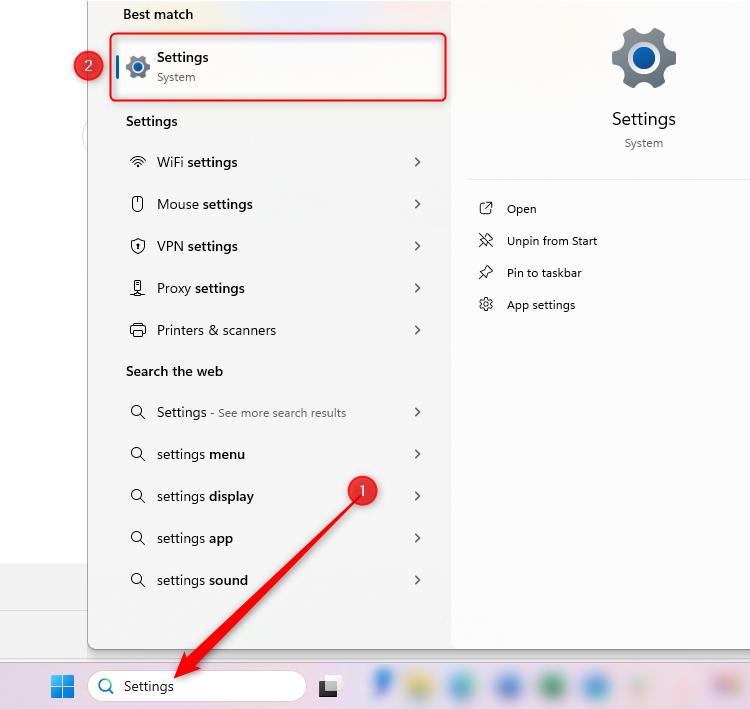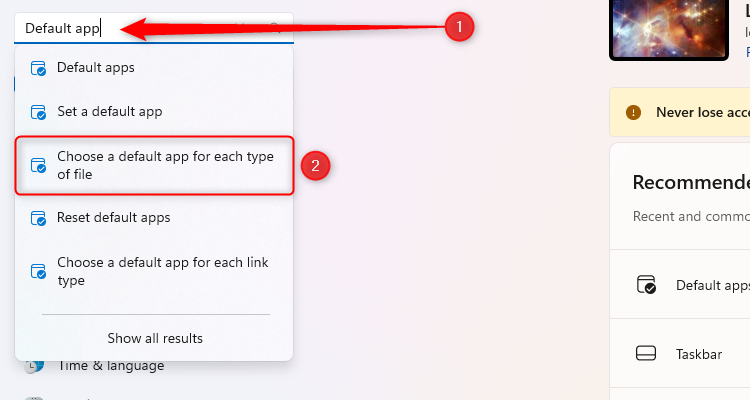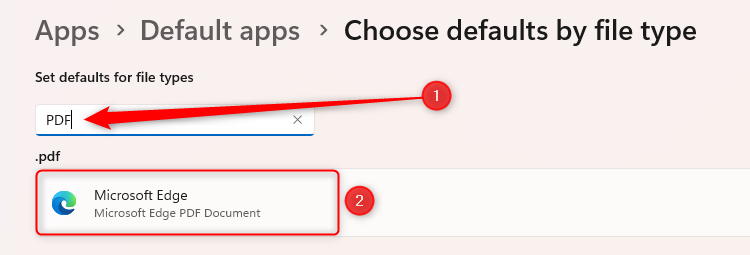Microsoft Edge is Windows 11’s default browser, a significant upgrade from its predecessor, Internet Explorer. I use it daily for work and personal browsing, and I can’t see that changing anytime soon. What’s more, Microsoft Edge continues to improve, with new features and security protections.
According to Statistica, Microsoft Edge holds over 5% of the internet browser market share, a significant increase from less than 1% in 2015 when it was first launched—and I’m a part of that statistic, having ditched Google Chrome a few years ago for what I believe is a better way to browse the web.
Other browsers also offer some of the features and qualities listed in this article, though Microsoft Edge’s combination of them all together is why I prefer this browser over the others.
I always have Microsoft Edge’s sidebar visible when browsing the web to quickly access the tools, apps, websites, and other features that I use frequently. Yes, you can add bookmarks to your Microsoft Edge browser, and this is still a handy feature I use to efficiently open some of my most-used websites. But the sidebar can do more than that.
First, to enable the sidebar, click the three dots in the top-right corner of your Edge window, and choose “Settings.”
Then, click “Sidebar” in the left-hand menu, and make sure the “Always Show Sidebar” button is toggled to “On.” The sidebar will then appear instantly on the right side of your Edge browser window.
If this is the first time you use the sidebar, some websites, apps, and tools will show by default, but you can right-click and delete any you don’t want to see, or add more by clicking the “+” icon at the bottom.
The feature I use the most is the search function. I was fed up with opening a new tab to go to a search engine, so being able to search Bing and see the results within the tab I already have open is a real time-saver. Equally useful is accessing my Microsoft 365 files without opening the apps. When I click the Microsoft 365 icon, the most recent files are displayed at the top, and I can also filter between the different Microsoft 365 apps to see my files much more quickly. The sidebar is also great for viewing my emails, calendar, contacts, and to-do list in the browser without opening the Microsoft Outlook app.
Send Files Between Devices With Drop
Before I discovered Microsoft Drop, if I wanted to send something from my computer to my phone (or the other way around), I would email it to myself, or try to find it on my busy OneDrive cloud. However, Drop lets you do this much more time-efficiently.
All you need to use Drop is an internet connection, a Microsoft account, and—of course—Microsoft Edge. Since Microsoft Edge is the default browser for Windows 11, Drop is free to use and ready to go as soon as you get started. You also get a generous 5 GB of Drop storage for free via OneDrive. Compared to other file transfer solutions—such as AirDrop, which requires your computer to be “on” before you can use it, and KDE Connnect, which requires all your devices to be connected to the same network—as long as you have Microsoft Edge on the device you’re using, you can use Drop whenever and wherever you like.
To add something to Drop from your computer, simply click and drag a file to the tool in the Microsoft Edge sidebar, or click the blue “+” to upload a file through your file File Explorer. You can also use the chat box at the bottom to make notes or send a link to yourself for later use.
Then, you can download and use the files as necessary.
Similarly, on Microsoft Edge on my iPhone, I simply click the three lines at the bottom of the app, and choose the “Drop” icon. From there, I can see and open files or notes I’ve already dropped, add files to Drop from anywhere on my phone, or add a note.
Take Screenshots
Have you seen a paragraph from a news article you want to save as a picture? Is there an image you want to capture? Are you a writer who takes screenshots for articles? Screenshot is a straightforward yet very useful feature in Microsoft Edge.
Simply right-click anywhere on a web page, and click “Screenshot” (or press Ctrl+Shift+S).
By default, Edge lets you select the area to screenshot, or you can click “Capture Full Page” if that’s what you want to do.
You can then save, copy, or mark up your screenshot.
Save and Launch Websites as Apps
Since the process is easy and quick, I have saved several of my most-visited websites as apps on my computer, and doing so comes with many benefits:
- It removes the address and favorites bars from your browser, meaning you can instantly see more of the website’s content.
- You get a link on your desktop and Start menu, so you can navigate to the website without having to first open the browser.
- They don’t take up too much room on your PC’s hard drive.
First, go to the relevant website, click the three dots in the top-right corner of Edge, hover over “Apps,” and click “Install This Site As An App.”
After launching the app, you can click the three dots in the top-right corner to re-load it as a website.
Browse Securely
When browsing Microsoft Edge, I’m as confident as I can be (you should always be wary, even if things look great!) that my data is secure. The Microsoft Defender SmartScreen blocks phishing and malware attacks, warns you before you visit an insecure website, and lets you report sites that you think are unsafe.
The Password Monitor also informs you if your password is unsafe or has been leaked in a data breach, while the browser will warn you if you’ve mistyped a website address to prevent you from visiting scam replica pages.
All these features can be enabled and managed in the Privacy, Search, and Services settings via the “Settings” option of the three-dot menu.
I didn’t even know this existed until I recently went to pay for a holiday on Airbnb, and Microsoft Edge found a coupon to give me a 10% discount without me even prompting it to do so. Whenever you add something to your shopping cart, Edge automatically scans the web for deals and coupons to apply when you check out. If it finds any, you’ll get a pop-up on your screen.
Search Bing With AI Results
Whether you search via your Edge URL bar (with Bing as the default Microsoft Edge search engine) or the magnifying glass icon in the sidebar, Bing’s search results offer more than just a list of websites. From July 2024, searching on Bing has yielded more detailed results with AI-generated responses. When you type a query, the search engine displays an AI-generated set of answers that provide more details without you having to click through several websites. For me, this significantly speeds up my workflow, giving me answers in an instant.
Built-in PDF Reader
Microsoft Edge’s built-in PDF reader lets you open local, online, or webpage-embedded PDF files, which you can annotate with ink and highlighting. This PDF-reading capability is available on Edge for Windows and macOS.
I have set Microsoft Edge as the default PDF reader on my PC, as it saves me from having to download a third-party PDF reader. To do this, type Settings into your taskbar search, and click the “Settings” option that appears.
Then, type Default App into the Settings search bar, and click “Choose A Default App For Each Type Of File.”
Now, type PDF to see whether Microsoft Edge is the default PDF reader. If it’s not, click on the existing default, and then choose “Microsoft Edge” from the options that appear.
Efficient Browsing
According to a test by MUO, Microsoft Edge uses the lowest RAM and CPU among its web browser competitors, meaning it’s the best option for quick browsing, especially if you have many programs and websites already open on your PC. What’s more, in May 2024, Microsoft Edge added new features to make it even faster.
If you’re convinced that Microsoft Edge is the best browser, be sure to get rid of some of the browser’s unnecessary features to make your web experience even better.


